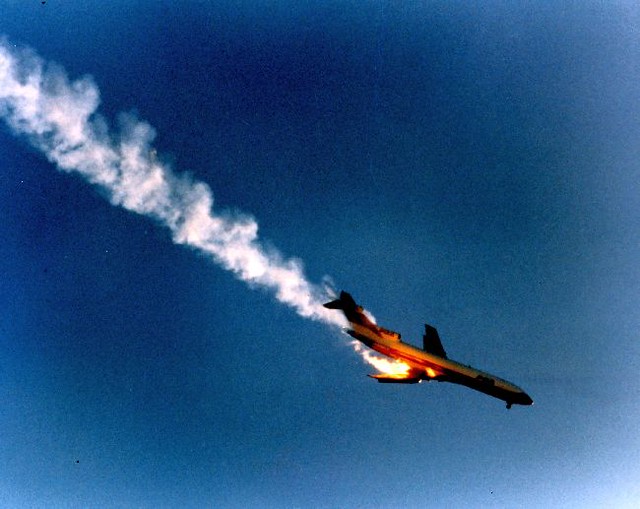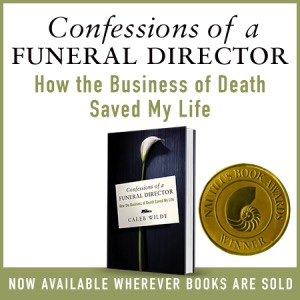When you Only Find a Piece of Your Loved One

© 2010 SDASM Archives, Flickr | PD | via Wylio
Just like the life cycle feeds off of death, so does the news cycle. Anything that has a degree of tragedy usually finds its way onto the national and/or international news. In principle, many of us realize that “if it makes the news, we don’t have to worry about it” (because the news is by definition exceptional), but unfortunately the news ends up normalizing tragic deaths, causing us to have unreasonable fears.
The reality is very much the opposite. Most deaths are not tragic. Most are decent, respectful, good and natural deaths. Most dying processes allow for family and friends to say “Good-bye”. And most die at a good age. It’s easy to forget that the life expentancy in the United States is nearly 79 years. While we can’t say for certain that those 79 years were all good years, we can say that the vast majority of deaths occur at a later stage of life, after much of living has already taken place.
The normal death is usually a good death.
But when tragedies like Kogalymavia Flight 9268 occur and the 224 passengers are killed, it’s hard for tragedies not to cloud our view.
There’s some definable characteristics that make a death tragic. Suddenness, intense pain in dying, a death that happens in one’s youth, an accidental death, etc. are all characteristics that can make a death particularly tragic. Another factor is dismemberment.
If the deceased’s body is never found, it’s a tragic death that too often inspires unresolved grief; a double wammy of losing a loved one and never being able to properly say good bye to the physical representation. A dismembered body is often a dismembered grief.
I’m often noticed how important it is for families just have the solace of knowing the body, or even a piece of the body of their loved one has been found. It offers some degree of peace, some degree of knowledge that their loved one is indeed dead. A missing body seems to produce an unresolved grief, where the question always seems to exist: “Did he/she survive? Are they still out there?” Accepting the death of a missing loved one is made that much harder when the there isn’t a physical dead body to provide that visual wake-up call.
When I see tragedies like Flight 9268 and the incredibly intricate process of determining remains (as small as they may be), I’m again reminded of the healthiness of viewing the body of the deceased. Please understand, I’m not necessarily promoting embalming, but I am saying that the value of seeing the deceased at some point seems to provide a legitimate psychological aid in death acceptance. Part of the reason that cremation can be unhealthy is that there’s times when we don’t get to see the deceased as dead. The body is whisked away to the crematory never to be seen again. There’s value in making that extra effort to see a loved one as dead.
When I consider the families of those lost in this most recent plane crash, I both recognize how tragic it is and I’m slightly thankful that I’ve been privileged to see the bodies of my loved one.
